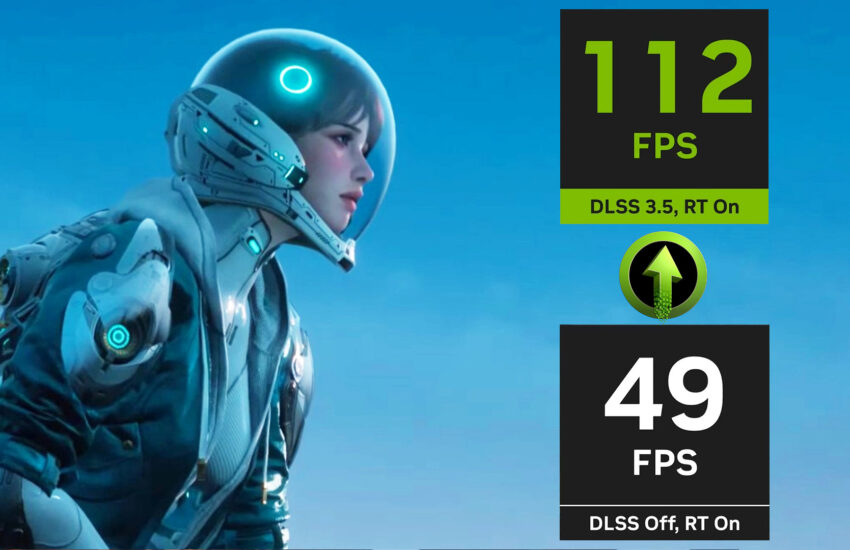Nvidia has just dropped a new video detailing all the RTX features that are supported in The First Descendant, showing quite convincingly just how powerful some of its AI-enhanced RTX tech can be. The new video demonstrates features such as DLSS 3.5 ray reconstruction for clearly better-looking ray tracing along with the massive performance leap you can get with RTX 3.0 frame generation, all of which we’ll explain more about below.
The First Descendant is a new co-op third-person squad game from Korean developer, Nexon, and it has already racked up over 170,000 concurrent players on Steam. So, while we’re sure you’re keen to get to grips with how the new game’s Ultimate Descendants work and how The First Descendants crossplay is setup you can also have a gander at the features you might want to turn on if you have a modern Nvidia GPU.

The first feature demonstrated in the video is simply labeled as “RTX” but is in effect just ray tracing, which is available on AMD, Intel, and Nvidia GPUs and is supported on all those by the new game. However, one feature that’s unique to Nvidia RTX GPUs is DLSS 3.5 ray reconstruction.
This uses an AI-enhanced algorithm, and the RTX cores on your GPU, to effectively better fill in the blanks when performing ray tracing operations. The net result is more detailed, smoother, more stable shadows and reflections as clearly shown in the video – though it does have to zoom in quite a bit to make it obvious.
Next in this short video is DLSS 3.0 frame generation. This is exclusive to RTX 3000 series or newer cards, such as the RTX 3060 and RTX 4070, so it can’t be used on older RTX 2080 cards, for instance. The technique works by essentially making up new frames in between normally-rendered frames to increase your perceived frame rate for a smoother gaming experience.
It’s not ideal for competitive games where raw high frame rates and low latency are super important but is great for games like The First Descendant where you may want to prioritise a cinematic-level of in-game detail with a slower raw frame rate and smooth out the feel with frame generation. We can see in this video how the game’s frame rate jumps from 49fps to 112fps just by turning on frame generation.
Other frame generation techniques are available, such as AMD’s FSR 3.0 but Nvidia’s is currently the most widely supported and best looking, though the gap is closing.
That’s it for Nvidia’s little RTX highlights reel but in its press release accompanying the video, it highlights some of the numbers associated with these features. It highlights how at 4K max settings with all ray-traced effects activated, “DLSS 3.5 multiplies frame rates by an average of 2.7X on GeForce RTX 40 series desktop GPUs”. It also points out that Nvidia Reflex is available in the game, which can help reduce system latency “by up to 55%.”
To get the most from all these features you can download Nvidia’s latest Game Ready driver that includes the latest optimizations for The First Descendant.
You can read more about Nvidia’s DLSS technologies in our DLSS guide as well as bone up on what AMD’s rival FSR tech brings to the table in our FSR guide. Meanwhile, for more on what’s proving to be the biggest new game right now, check out our The First Descendant guide for all the latest info.

